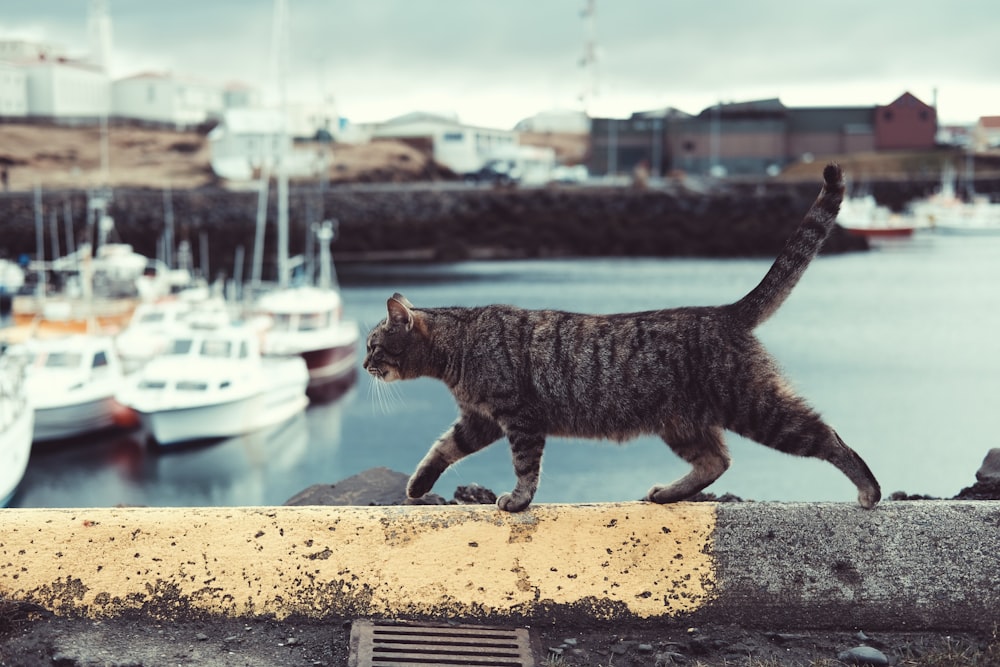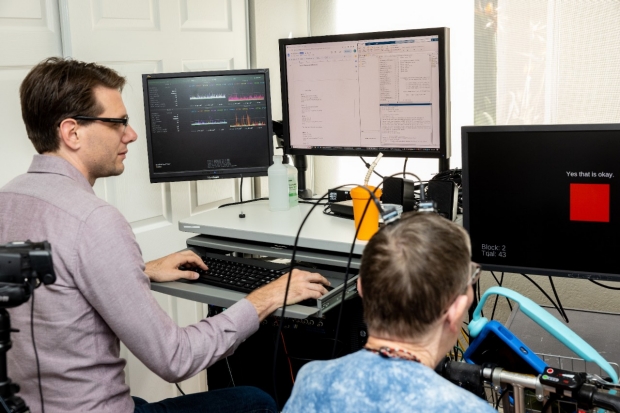Tuna is a popular seafood that many people enjoy, and it’s often thought of as a treat for cats as well. While it’s true that cats are attracted to the smell and taste of tuna, there are some important considerations to keep in mind before feeding tuna to your feline friend. Here’s what you need to know about cats eating tuna:
1. Nutritional Value
Tuna is a good source of protein and omega-3 fatty acids, which are important for a cat’s overall health. However, tuna is not a complete and balanced diet for cats and should not be fed as the sole source of nutrition.
2. Mercury Concerns
One of the main concerns with feeding tuna to cats is the risk of mercury poisoning. Tuna, especially canned tuna, can contain high levels of mercury, which can be harmful to cats if consumed in large quantities over time.
3. Sodium Content
Another concern with feeding tuna to cats is the sodium content. Tuna, especially canned tuna, can be high in sodium, which can lead to health issues such as dehydration and kidney problems if consumed in large quantities.
4. Thiamine Deficiency
Feeding large amounts of tuna to cats can also lead to thiamine deficiency, as tuna contains an enzyme that destroys thiamine. Thiamine is an essential vitamin for cats, and a deficiency can lead to neurological problems.
5. Moderation is Key
While tuna can be safely fed to cats as an occasional treat, it should not be a regular part of their diet. It’s best to feed your cat plain, cooked tuna in moderation and avoid feeding them tuna that is seasoned or prepared with other ingredients.
6. Alternatives to Tuna
If you’re looking for alternative treats for your cat, there are plenty of options available. You can try feeding them small pieces of cooked chicken, turkey, or fish that are low in mercury and sodium. You can also consider commercial cat treats that are specifically formulated for feline dietary needs.
Cat Tail Wagging: Understanding the Meaning Behind the Movements
1. Agitation or Annoyance
One of the most common reasons cats wag their tails is agitation or annoyance. If your cat’s tail is flicking back and forth rapidly, it could indicate that they are feeling irritated or frustrated. This behavior is often seen when a cat is being bothered by something, such as another animal or a loud noise.
2. Playfulness
Cats may also wag their tails when they are feeling playful. However, “Cat Tail Wagging Meaning” playful tail wagging is usually slow and deliberate, often accompanied by other playful behaviors such as crouching or pouncing. It’s a way for cats to signal their playful intentions to other animals or humans.
3. Warning Sign
In some cases, a cat may wag its tail as a warning sign. This is often seen when a cat is feeling threatened or defensive. The tail may be held low to the ground and flicked back and forth as a way to signal to potential threats to stay away.
4. Curiosity
Cats may also wag their tails when they are curious about something. This type of tail wagging is usually slow and deliberate, and the cat may be in a relaxed posture. It’s a way for cats to show interest in their surroundings without feeling threatened or agitated.
5. Communication Tool
Overall, tail wagging is a form of communication for cats. Each tail movement, whether a flick or a wave, can convey different messages. By paying attention to your cat’s tail movements and accompanying body language, you can gain valuable insights into how they are feeling and respond accordingly.
Cat Cat Tail Wagging Meaning is a complex and nuanced form of communication that can convey a variety of emotions and intentions. By observing your cat’s tail movements and considering their overall body language, you can better understand their mood and behavior. Remember, every cat is unique, so it’s essential to consider your cat’s individual personality and behavior patterns when interpreting their tail wagging signals.
Conclusion
While tuna can be a tasty treat for cats, it should be fed in moderation and as part of a balanced diet. It’s important to consider the potential risks of feeding tuna to your cat, such as mercury poisoning and thiamine deficiency, and to consult with your veterinarian if you have any concerns. By feeding tuna responsibly, you can safely treat your cat to a delicious snack without compromising their health.
Cat Tail Wagging Meaning is a fascinating form of communication that can convey a variety of emotions and intentions. While many people associate tail wagging with dogs, cats have their own unique way of using their tails to express themselves. Understanding the meaning behind your cat’s tail wagging can help you better understand their mood and behavior. Here’s a closer look at the different meanings behind cat tail wagging:
Q: What is RAQS (Robotic Assisted Quick Service)? A: RAQS is a robotic technology designed to automate various tasks in the food service industry, particularly in quick-service restaurants. It uses robots equipped with sensors, cameras, and AI algorithms to perform tasks such as food preparation, cooking, and serving.
Q: How does RAQS work? A: RAQS robots are programmed to perform specific tasks in a restaurant setting. They use sensors and cameras to navigate their environment, identify ingredients, and interact with kitchen equipment. AI algorithms help them make decisions and adapt to changing conditions.
Q: What are the benefits of using RAQS in restaurants? A: RAQS technology can improve efficiency by automating repetitive tasks, reduce labor costs by replacing human workers with robots, and enhance the overall customer experience by ensuring consistent quality and faster service.
Q: Is RAQS technology widely used in the food service industry? A: RAQS technology is still in its early stages of development and is not yet widely used in the food service industry. However, it is gaining interest among restaurant owners and operators who are looking for ways to streamline their operations and reduce costs.
Q: Are there any drawbacks or challenges associated with using RAQS in restaurants? A: Some potential drawbacks of using RAQS technology include the high initial cost of implementing the system, the need for regular maintenance and repairs, and the potential for job displacement among restaurant workers. Additionally, there may be challenges related to food safety and hygiene when using robots in food preparation and service.
Q: What is the future outlook for RAQS technology in the food service industry? A: The future outlook for RAQS technology in the food service industry is promising, as more restaurants look for ways to automate their operations and improve efficiency. However, the widespread adoption of RAQS technology may depend on factors such as cost, regulatory approval, and consumer acceptance.



